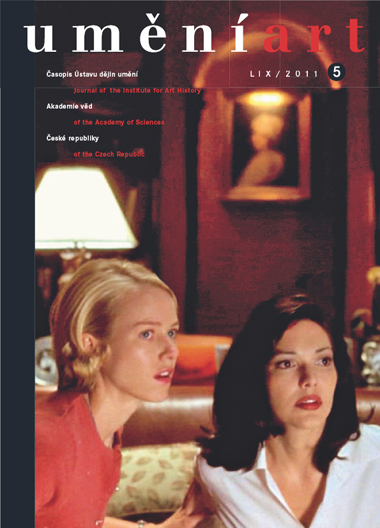Markéta Svobodová
Užitá typografie a knižní grafika v díle architekta Františka Kalivody
This article is devoted to the typographic work of František Kalivoda (1913-1971), a functionalist architect, urbanist, film theorist, organiser, editor, and teacher, who was born in Brno and had a significant impact on cultural events in pre-war and post-war Czechoslovakia. Kalivoda was at his most productive in the 1930s, when functionalism and the New Objectivity reached Czechoslovakia from Germany and Switzerland. His graphic and typographic activity peaked in the late 1930s in his work for the periodicals Ekran and Telehor. The article notes Kalivoda's Czech contacts (Bedřich Václavek, Evžen Linhart, Bohuslav Fuchs, Josef Vydra, Zdeněk Rossmann) and his contacts abroad (László Moholy-Nagy, Jan Tschichold, and Paul Renner) and their influence on Kalivoda's typographic work and particularly mentions the significance of Futura, the modern sans-serif typeface designed by the typeface designer Paul Renner. Kalivoda smoothly transferred his experience in the avant-garde into the field of typographic and graphic work in the 1950s and 1960s - for example, in the publications Kartografie a urbanismus (Cartography and urban studies), Zprávy Zemského studijního a plánovacího ústavu Moravskoslezského (Reports of the Moravian-Silesian study and planning institute), and in publications on Brno. He was among the rare few able to make the transition from 'art' graphics to applied print material executed using modern technology. With his international and domestic contacts and as a meticulous architect he was able to take skilful advantage of the opportunities in the Czech printing industry, which was evidently capable of producing work on par with western publications. He was also able to put to use the professional and organisational experience he had gained from running his own architectural studio and heading the fi-fo section of the Left Front (Levá fronta) (Czech post-war photography was a strong inspiration for him). His was among the best of the work that contributed to the high quality of Czechoslovak typography and book graphics.
Full-text in the Digital Library of the Czech Academy of Sciences:
https://kramerius.lib.cas.cz/uuid/uuid:aea5ec57-2134-5711-9082-72f80a4ae1c7
< back

